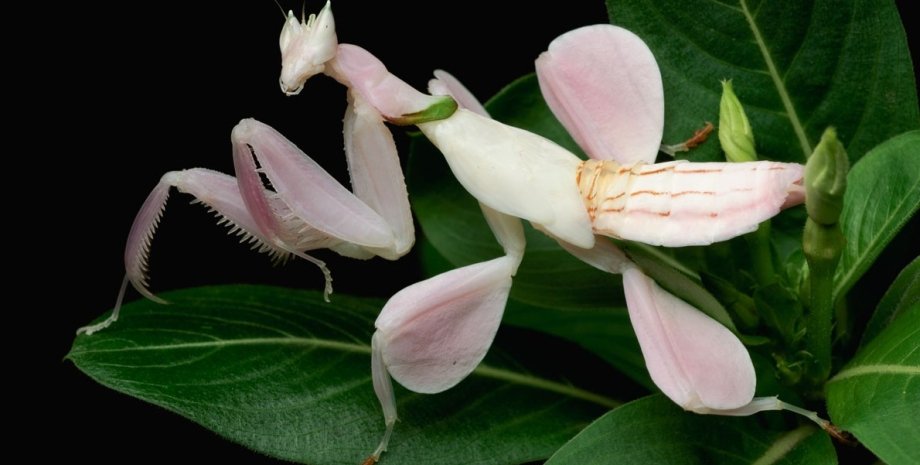
Despite centuries of research, the natural world never ceases to amaze scientists: every now and then they discover new species and learn something unusual about them. Researchers have discovered something surprising about another species that can be easily confused with a flower, Science writes.
The orchid mantis (Hymenopus coronatus) looks so much like a flower that it can be confused with a real plant, and sometimes you may even be tempted to smell this amazing creature. However, it is likely that the insect will not wait for your approach, but will try to hide in flight.
In a new study published in the journal Current Biology, scientists have discovered that orchid mantises have amazing abilities – during the study, they set a new record in planning. In fact, these mantises managed to plan 50-200% further than any other invertebrate.
Scientists have discovered that the unique abilities of the orchid mantis are due to the amazing shape of its legs – the insect’s limbs are shaped like petals, which allows it to literally glide through the air.
The body of the orchid mantis is similar to the bloom of a butterfly orchid: it is colored pink and white with regular patterns. In addition, the body of the mantis gently sways, as if imitating the effect of wind on the petals. This behavior allows the mantis to camouflage itself and wait for prey: as soon as a prey insect appears nearby in search of nectar, the predator will attack immediately.
During the study, the researchers conducted a series of experiments to understand how the shape of the legs in the form of petals plays the role of not only camouflage, but also wings. During the experiments, the scientists dropped almost a dozen mantises from a crane and recorded how they turned over on their right side and then glided through the air an incredible 8 meters.
Scientists believe that orchid mantises use this tactic to hunt, but more often to escape from larger predators. However, as a rule, it is useful only for young mantises, as they grow wings for flight with age.
By the way, for more than a century, orchid mantises, along with several relatives, have been iconic examples of animal mimicry.

